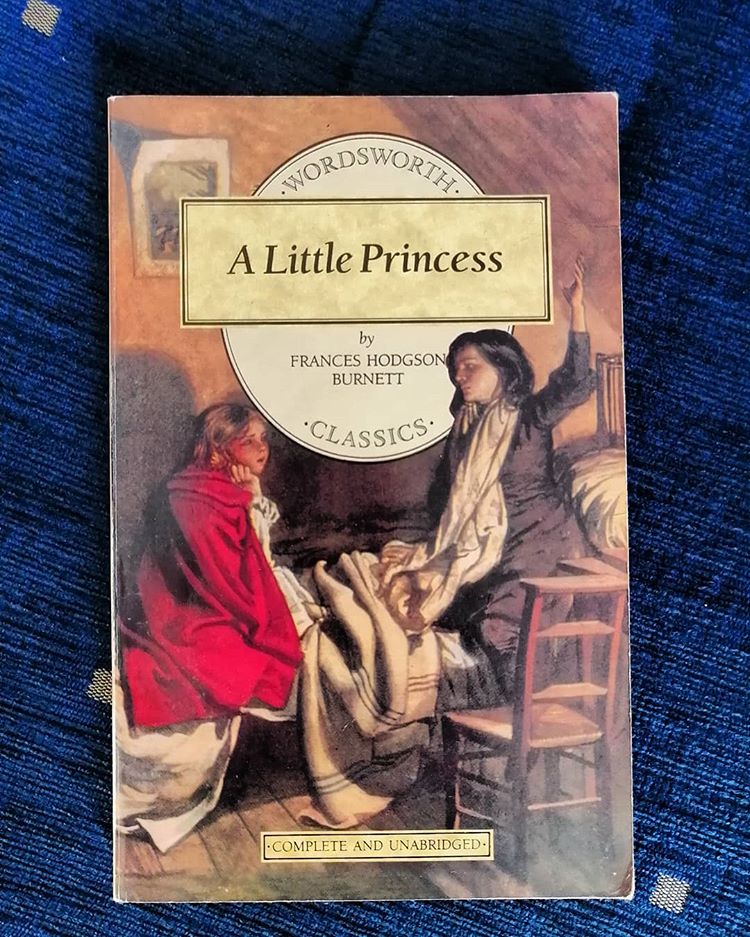Mini-lesson Monday (Part 1):
I still have some childhood favourites on my bookshelf – books that I read and dreamt about so often as a young girl.
One of those was Frances Hodgson Burnett’s A Little Princess (1905), which I am looking forward to sharing with you today (at least a small part of it)!
Today I’d like to share a passage from its opening pages: where a little motherless girl called Sara Crewe arrives at a girls’ boarding school. Unlike most of the other girls, she is bilingual (able to speak both English and French) and has read widely, so in some ways she is ahead of her classmates at Miss Minchin’s school. Sara sincerely wants to be adaptable and perform well at the school, both in a personal and academic manner, but her intentions are tested from the first day.
📘’Sara’s cheeks felt warm. She went back to her seat and opened the book. She looked at the first page with a grave face. She knew it would be rude to smile, and she was very determined not to be rude. But it was very odd to find herself expected to study a page which told her that ‘le pere’ meant ‘the father’, and ‘la mere’ meant ‘the mother’.
Miss Minchin glanced toward her scrutinisingly …’
👉 In the next post I will describe some of the ELEMENTS of GOOD WRITING discernible in this passage.




